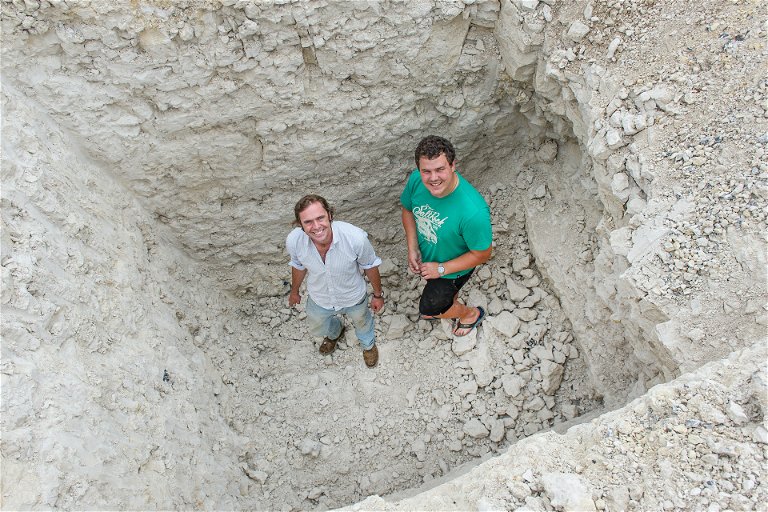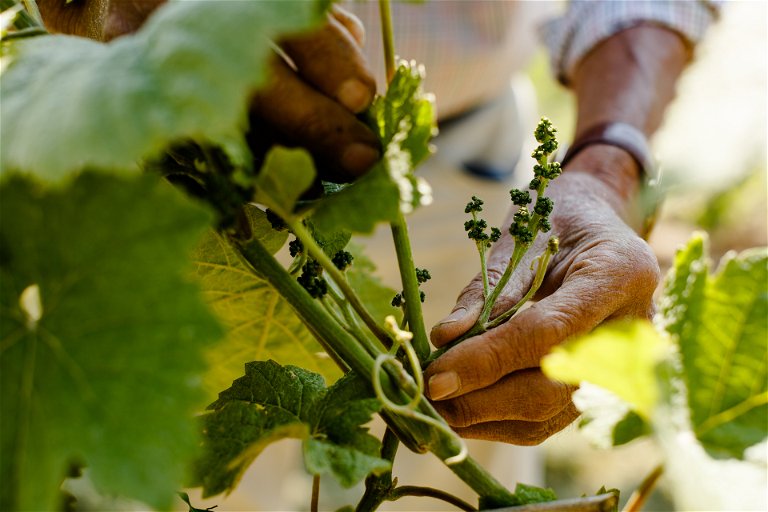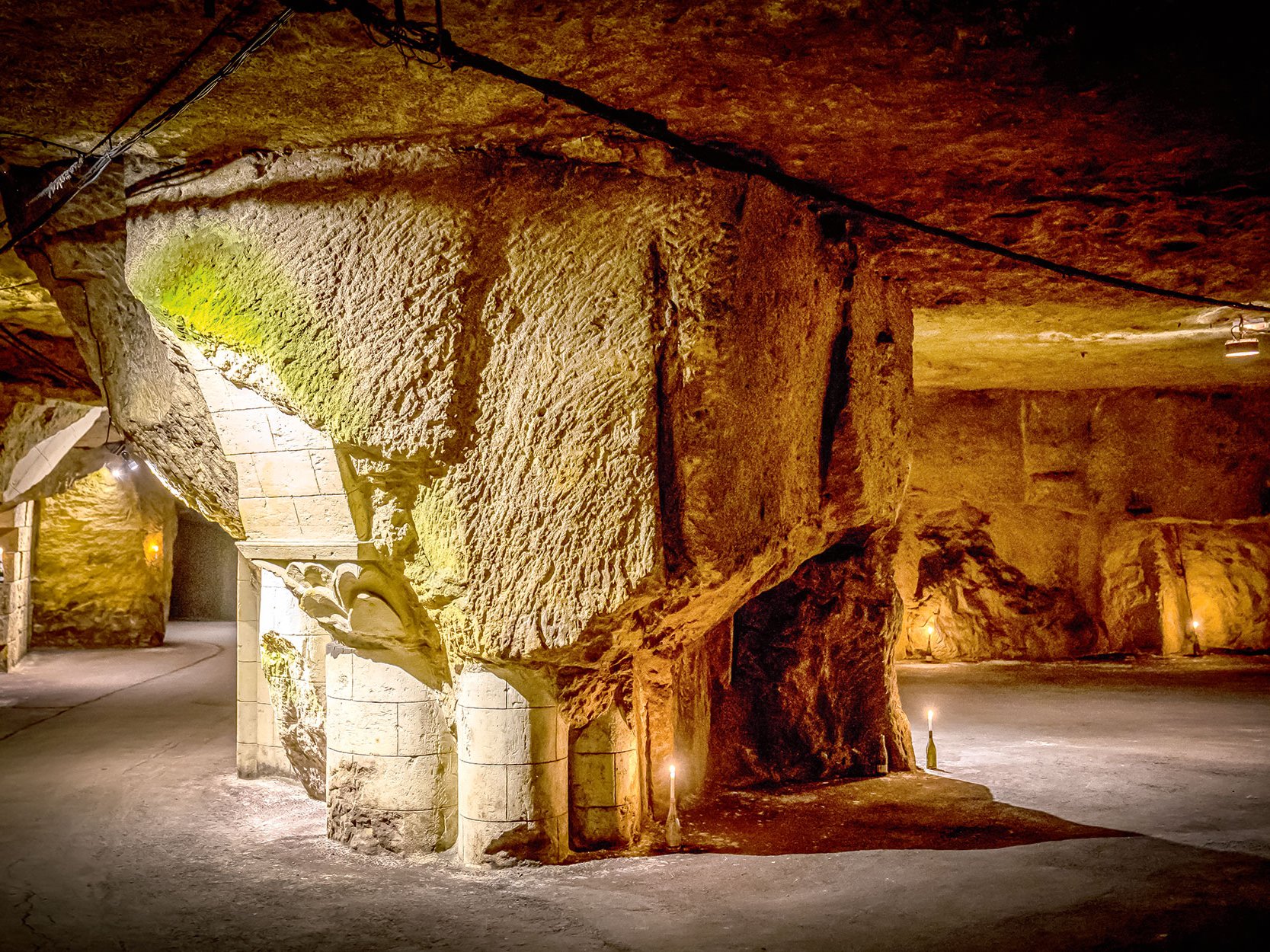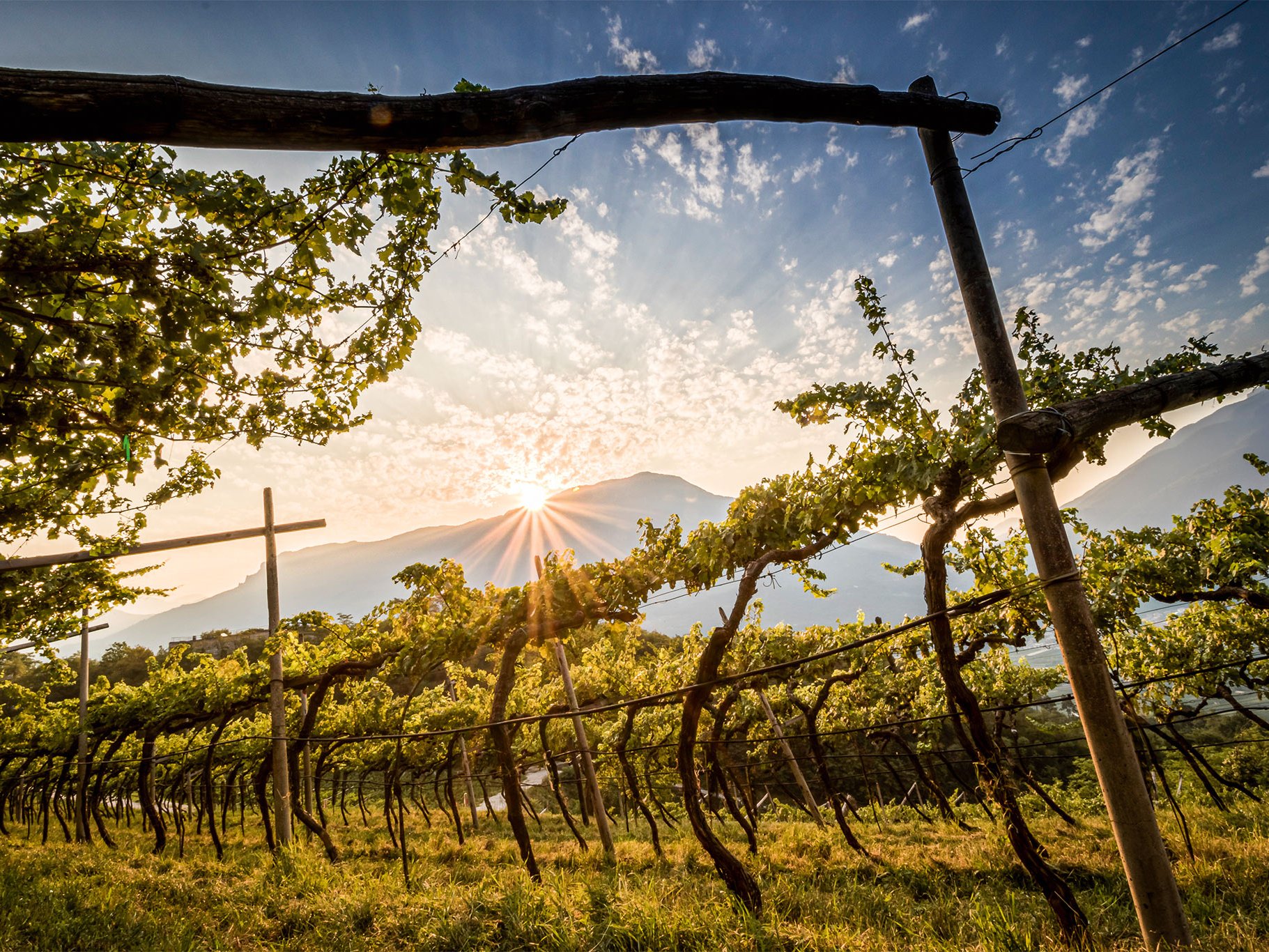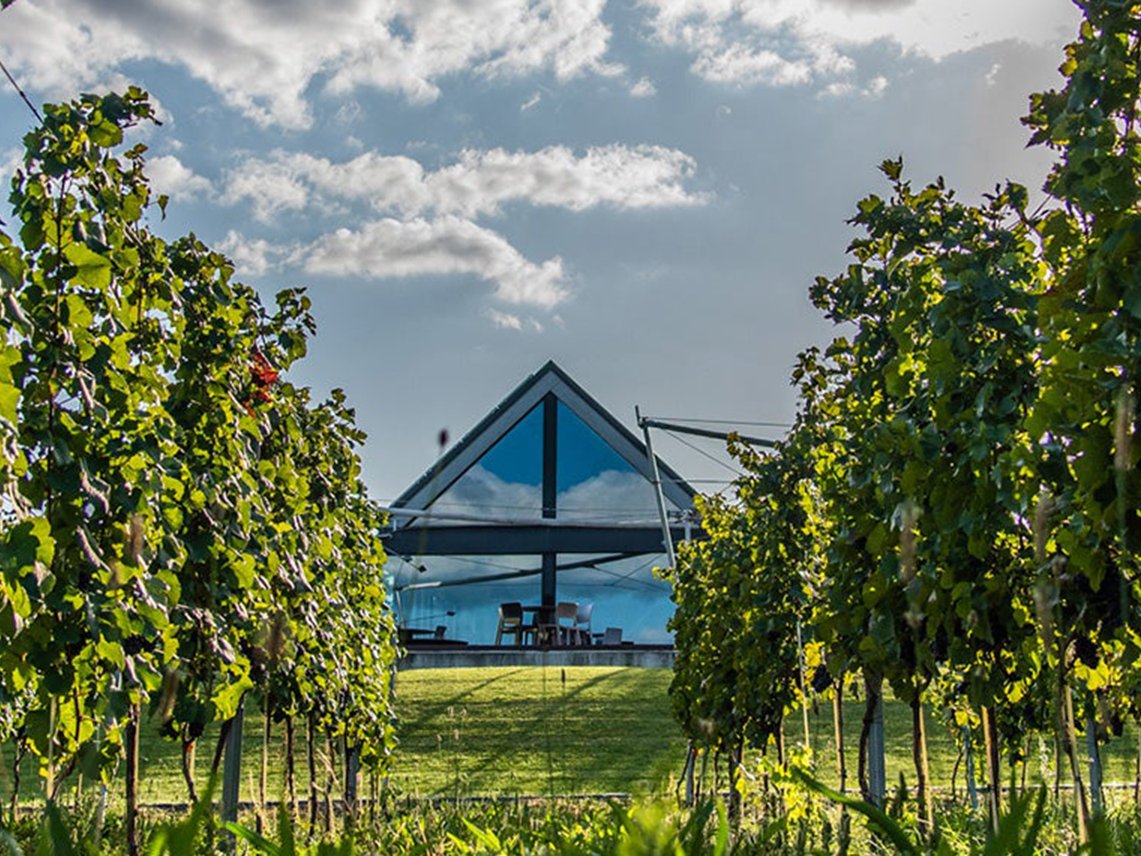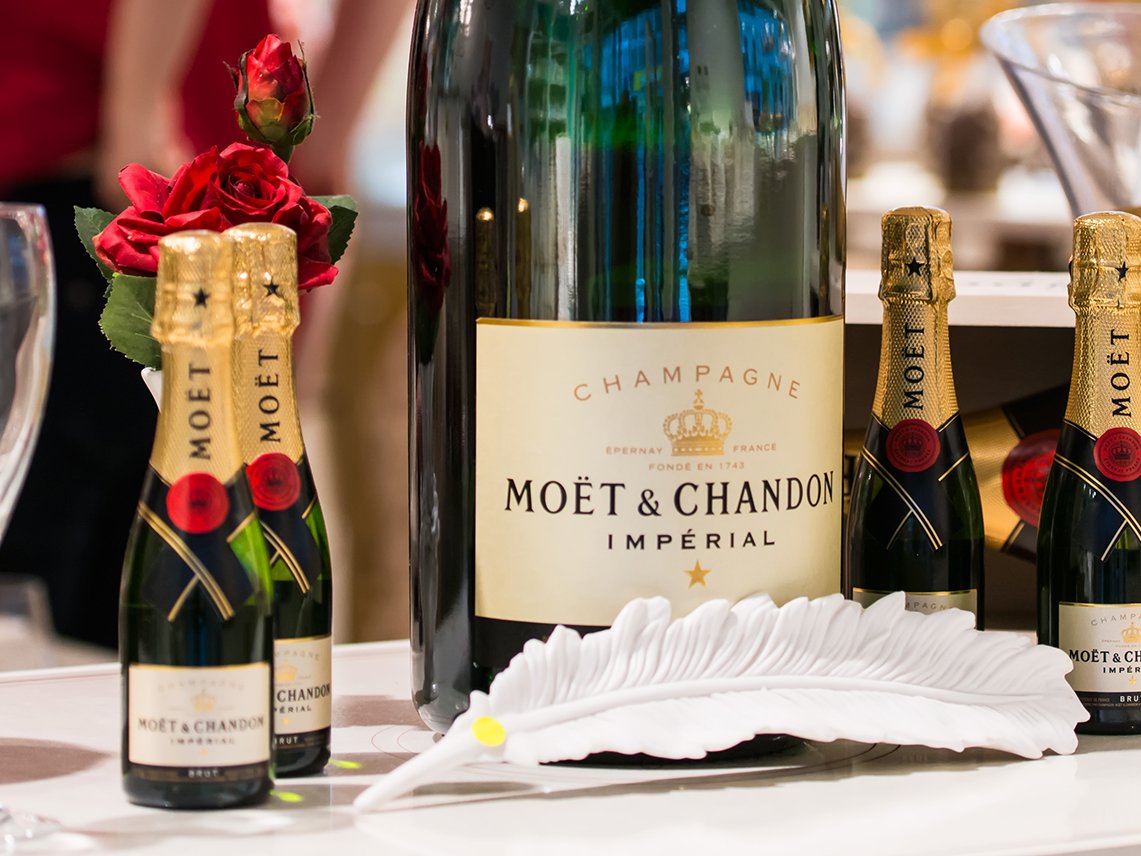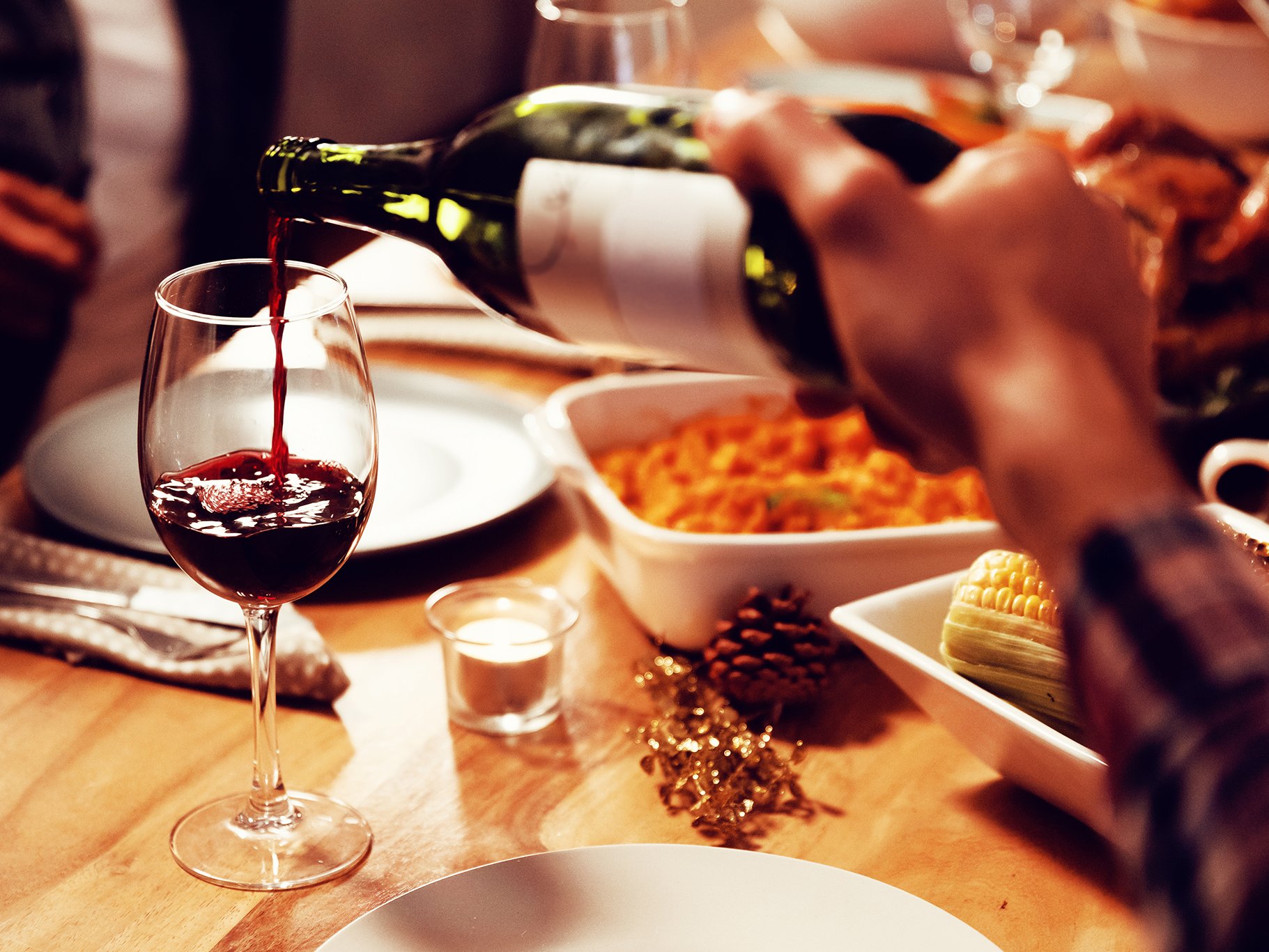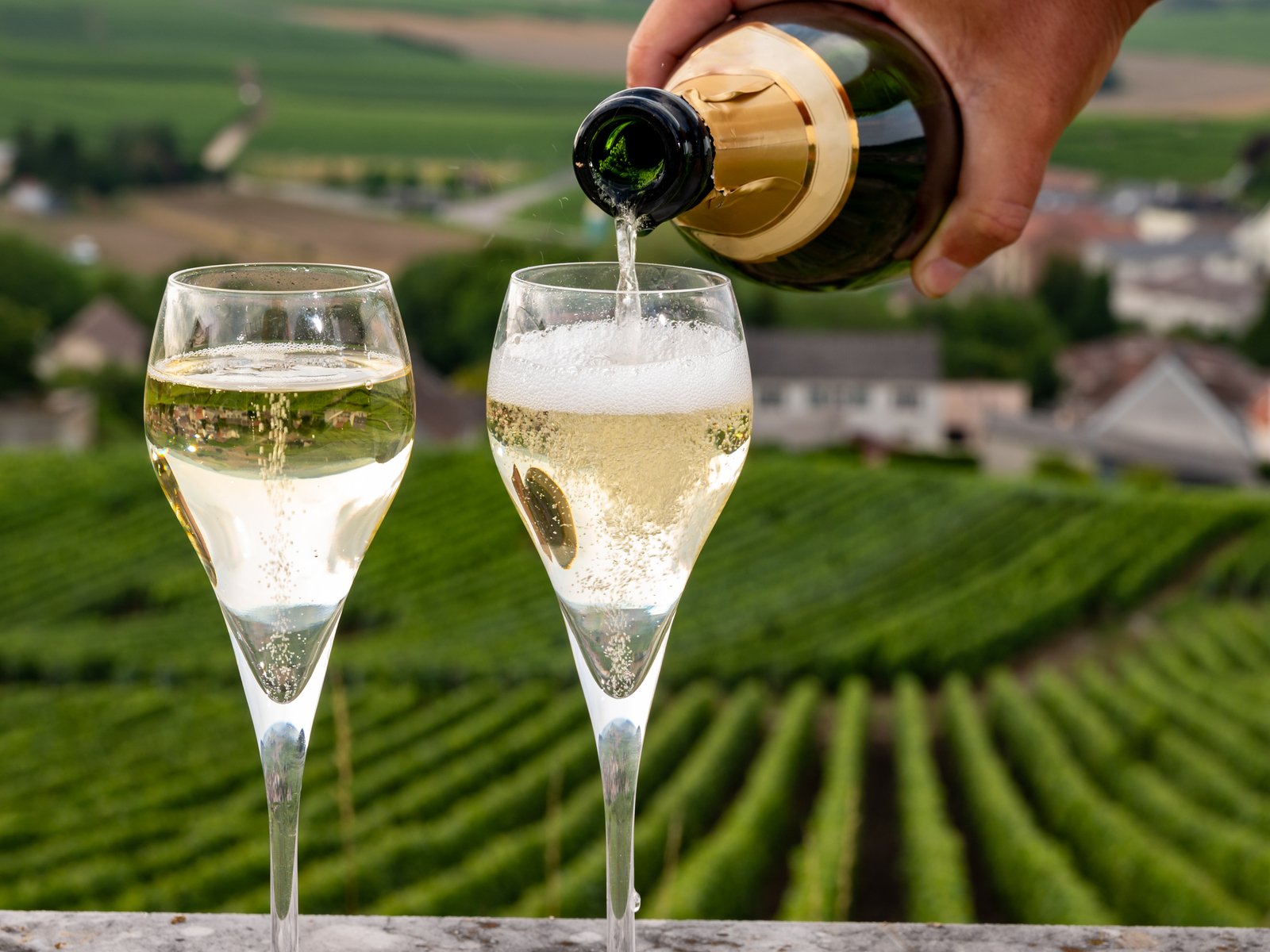Brut Britannia: The Rise of English Sparkling Wine
UK sparkling wine has come a long way in a short time. In just a few decades England’s fine fizz has become a delicious force to be reckoned with. Plus tasting notes.
The growth is phenomenal: the UK’s vine acreage has tripled over the past decade and there are now 3,800 hectares/9,390 acres of vineyards in Britain. In the past five years alone, plantings increased by 70%. People are busy planting and this young wine industry is burgeoning.
The Game Changer
And young it is indeed: what we are witnessing today is just 33 years old. It was in 1988 that two Americans, Sandy and Stuart Moss, first planted Chardonnay and Pinot Noir grapes with the express purpose of making sparkling wine at Nyetimber Estate in West Sussex. Before that, winegrowing in England was distinctly niche and mostly based on grape varieties like Seyval Blanc and Madeleine Angevine which could ripen fruit in this cool climate – but struggled to be taken seriously as wines. Sparkling wine was the game changer.
Classic Varieties
Today there are 800 vineyards and 178 wineries with a concentration in the southern counties of Kent, Sussex, Surrey and Hampshire – even though there are vineyards in the West Country, notably Cornwall, in East Anglia and further north. 98% of vineyards are in England and there are just a few vines in Wales, Scotland and the Channel Islands.
The vast majority of the new plantings are Chardonnay and Pinot Noir, with some Pinot Meunier – classic sparkling wine varieties – and in 2019, 72% of production was sparkling wine. It is England’s cool but mild climate, especially in the south, that makes sparkling wine production so compelling. While it was too cold and risky before, climate change has made temperatures warm enough for sparkling wines: they have an inherent briskness and their litheness lends itself to long ageing on lees.
Soil and Site Selection
There is another compelling reason for sparkling: chalk soils. Some stretches of southern England have the same Cretaceous chalk as Champagne’s Côte des Blancs. That chalk makes the vines struggle so they bring forth amazingly expressive fruit: “The chalk here is quixotic, raw and unforgiving. It starves the vines of their essentials, limits their vitality, troubling them profoundly at crucial times and always challenges the grower,” says Dermot Sugrue, winemaker at Wiston and his own Sugrue South Downs estate.
“Often sad streaks of chlorosis rake through them, turning luscious green pallid and pale, but oh how the fruit responds: tightly-bunched and driven with aromatic intensity, charged with a mineral future, so lifted and pure.” Yet greensand and loam soils also bring forth beautiful fruit: “Greensand on the other hand nourishes and caresses leafy, healthy growth, promoting fruitfulness and an easier-going expression of the grape,” Sugrue notes.
“But it bites beautifully in the marginal years – the schizophrenic years – and these are always the best.” A vineyard site that is sheltered enough for the grapes to ripen is also of supreme importance: not just as fruit ripens but much earlier, during flowering, when fruit is set – since England’s yields are relatively low.
Harvests are usually in October. Mark Driver, owner and founder of Rathfinny Estate in Sussex, knows that his vineyard’s proximity to the sea brings the mildness that protects his vines from late spring frosts while the constant breeze on his chalky hillside keeps his grapes healthy – producing an ideal base wine for fine fizz: “We are generally holding fruit on the vine for over 100 days post flowering which produces phenolic ripeness in the grapes – although they will still have a relatively low potential alcohol level of 10.5% and are still rich in acidity. This gives the wine the lovely fruit quality.”
Coming of Age
Initially, all the English sparkling wines released were vintage wines – there was not enough yield to keep back reserve wines for new wineries in the capital-intensive sparkling wine business: it takes a few years before a newly planted vine bears fruit and then it takes further time to age the traditional-method sparkling wines before release. From the 2010s onwards, though, some wineries started producing non-vintage blends – some to meet market demand, some to follow the time-honoured blending model of Champagne.
By now, another decade into the business, the stylistic range and the quality of the wines is outstanding. English sparkling wine used to be a curiosity, now it is on every self-respecting drinks menu in London. There are compelling single-vineyard wines, there are vivid rosés that seem to transport all the tart, bright fruit of English hedgerows, there are creamy blanc de noirs that become better with every year on lees, there are saline, profound blanc de blancs that seem to express their Englishness perfectly – in fact, blanc de blancs is a style that excels in England. Frenchwoman Corinne Seely, winemaker at Exton Park in Hampshire who has vintages in Bordeaux, Portugal and Tasmania under her belt, says: “I have always been intrigued by the character of Chardonnay in England. It’s different to other places in the world; brighter, longer, straighter, and with lots of personality.” No wonder that some 1.4 million vines were planted in England in 2021. The evidence in the glass is truly compelling.
Channel Hopping
Champagne Houses in England
The potential of the southern English counties was not lost on their French neighbours across the English Channel: Champagne Pommery planted their Pinglestone vineyard in Hampshire in 2014 with the first release of their English sparkling wine Louis Pommery in 2018. Champagne Taittinger planted a vineyard at their Domaine Evremond in Kent in 2017 – the first wines are yet to be released.
